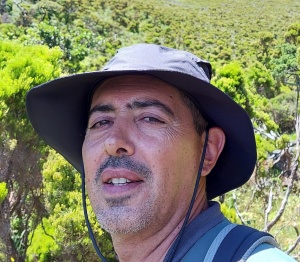Rego, R.M.C., Vieira, A.F., Silva, L., Elias, R.B., Silva, C., Resendes, R. & Moura, M. (2024) Microsatellites reveal high levels of genetic admixture in the natural populations of Laurus azorica, Lauraceae.
Plant Systematics and Evolution,
310, 1-17. DOI:10.1007/s00606-023-01888-6 (IF2022 1,9; Q3 Plant Sciences)
Laurus (Lauraceae) species are currently restricted to isolated refugia in the southern Black Sea, Mediterranean Basin, southern Morocco, and Macaronesian archipelagos. One to three species of Laurus has been recognized: the Azorean endemic Laurus azorica, L. nobilis from the Mediterranean, and L. novocanariensis from Madeira and the Canary Islands. This study aims to determine the population structure, genetic diversity, and associated patterns of gene fow within and between Azorean populations, using eight existing SSR markers. We also included plant material from L. nobilis populations found in the Azores, for comparison. Amplifcation was performed in 212 samples of L. azorica and in 30 samples of L. nobilis. For L. azorica, 78 alleles were amplifed (average 9.75 alleles per loci). Bayesian analysis with STRUCTURE unveiled fve genetic groups for the Azorean accessions, with high level of genetic admixture. Genetic diversity was generally high, with moderate levels of genetic diferentiation among L. azorica populations. Moreover, high gene fow levels, likely mediated by past human translocations and naturally, by birds, might have contributed to the high level of genetic admixture observed possibly refecting hybridization events between L. nobilis and L. azorica. Conservation measures should be applied to some populations of São Miguel, Santa Maria, and Flores Islands, based on the number of private alleles, and further, ad hoc translocation events should be avoided. Conservation in situ and the preservation of laurel forest remains are recommended. The study of this species’ taxonomy, genetics, and population dynamics in the Macaronesian region should be continued.

